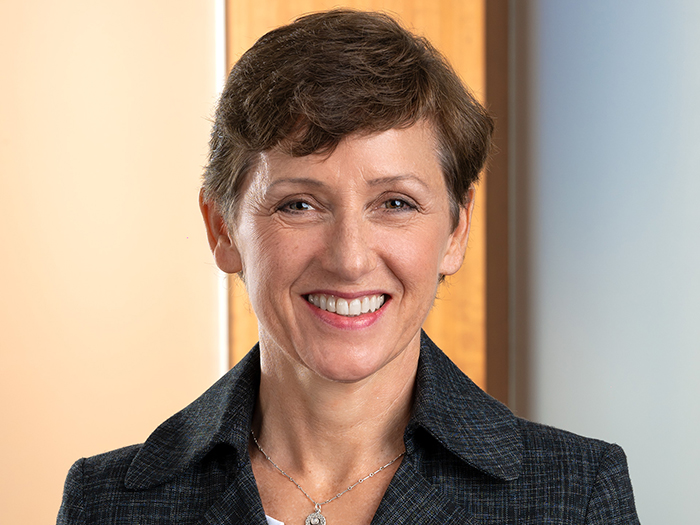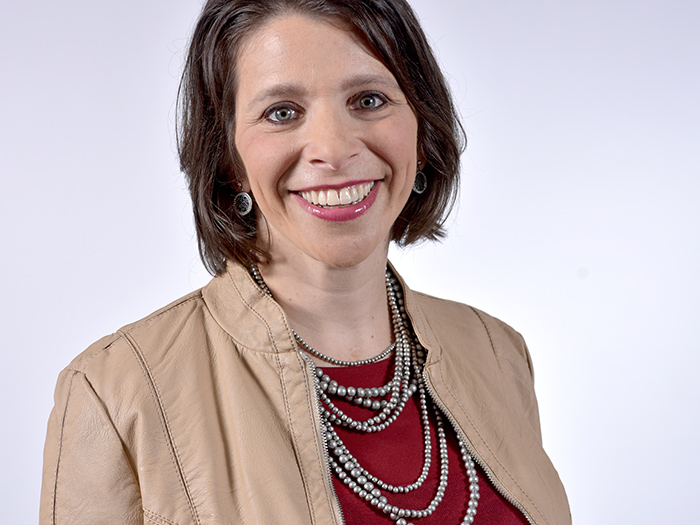Telemedicine Take-Up Is Growing But So Are the Liability Risks

Within the workers’ compensation industry, telemedicine is becoming ever-more common.
Video calls with doctors can help injured workers limit the amount of time that they miss from work and the increased availability of doctors can lessen the impact of the physician shortage and help provide care to rural areas.
While the ability to video-chat with a doctor from the comfort of your home might be appealing, telemedicine comes with its own unique risks and exposures.
As the industry has grown over the past few years, it’s brought increased professional liability concerns for providers.
“It started out in dermatology, psychology, things of that nature where you could say, ‘I could see figuring that out with Skype.’ A telemedicine interaction was good enough because it mirrored a kind of stereotypical patient provider interaction in those fields,” said Greg Ferrell, vice president of professional liability at Admiral Insurance Group, a Berkley Company.
“We’re seeing it now in as many things as pediatrics and orthopedics and you name it. It’s become kind of a WebMD to some extent, but taken to the next level.”
Doctors Can Miss Key Information
Most of the E&O coverage gaps in telemedicine arise from the fact that providers could miss information about a patient’s injury that they would have picked up on in-person.
Body language, physical cues and even the injury itself can look different over a video call than they do in person, which can cause doctors to give their patients the wrong advice.
“The coverage gaps from telemedicine are driven by are these issues that could have been more easily identified in the traditional interaction,” Ferrell said.
“It’s almost that difference between when somebody sends you an email and they capitalize everything as opposed to when somebody picks up the phone and calls you.”
But the biggest issues are going to be the interactions. What is seen, what is heard, the body language and how they talk about things. Did they take the right pictures? Are they telling me all the right stuff?” he added.
If a patient is embarrassed about their injury or if they’re trying to get back to work before they’re fully healed, they might also withhold key information from their doctors. Without the benefits of body language, providers might be able to detect when their patients are hiding something.
“It’s easier to type something or not have to look somebody in the eye talk about something that might be a little uncomfortable, but that also means that they might not be sharing everything either,” Ferrell said.
Poor Technology Can Cause Errors
A lack of camera quality or an inability to see the whole of the injury can also cause professional liability problems for doctors.
Blurry photos or an unstable video connection could make it difficult for a doctor to diagnose an injury or the photos could be taken at the wrong angle, causing a provider to misdiagnose a condition they would have recognized during an in-person interaction.
Ferrell gave the example of a telemedicine service that requests four photos of an injury from different for a doctor to use to make a diagnosis. If the patient missed a necessary angle, their provider could give them a misdiagnosis or even tell them that they don’t need further treatment.
“The provider in question could have acted in complete good faith and based on the four pictures he saw, but what if the angle of photo five showed a problem that the provider would’ve seen in person?” he said.
While these issues don’t necessarily differ from some of the E&O liability issues providers face during in-person interactions, Ferrell believes they can be amplified in telemedicine, especially if the patient has photographic or videographic evidence that they showed a provider a particular injury.
“They’re not necessarily different coverage gaps than we would see to some extent in the traditional setting, but they’re more amplified, more focused,” he said.
“It’d be easy for someone to say, ‘well, I showed you that on the video, you should’ve picked up on that.’”
Different State, Different Rules
In addition to these professional liability issues, telemedicine can also cause problems for doctors who are practicing in one state while their patient is in another.
“A provider may be in Philadelphia and they’re talking to a patient out in Texas. Are they licensed in Texas? Is their licensing and credentialing all up to date?” Ferrell said.
Licensing isn’t the only problems physicians may face when they practice across state lines, however.
Different states also have different policies regarding how and workers’ compensation injuries are compensated and what types of treatments injured workers can receive. Doctors who use telemedicine to practice across state lines might be unaware of crucial regulations.
Know When to Refer
To help avoid some of these liability issues, Ferrell suggested that providers create guidelines ahead of time establishing when a referral to and in-person physician is made.
“To what extent have providers identified up front that if they hear X, Y and Z, then the patient needs to be referred to someone to go see in person,” Ferrell said
“It’s even more important here because while technology is great — The detail that cameras in cell phones can show you is phenomenal — it isn’t in person.”
As technology improves and telemedicine practices become more standardized, Ferrell believes some of these risks will lessen.
“It’s going to be much more streamlined. I think you’re going to see more standardized platforms, Ferrell said.
“As the technology gets better, the cameras get better, the interaction in theory gets better. They’ll be able to see more and do more.”
Some specialties, however, are best left to in-person interactions, according to Ferrell.
“I don’t know how you can do orthopedics. You need to put a hand on my knee to know that it’s loose,” he said. &










